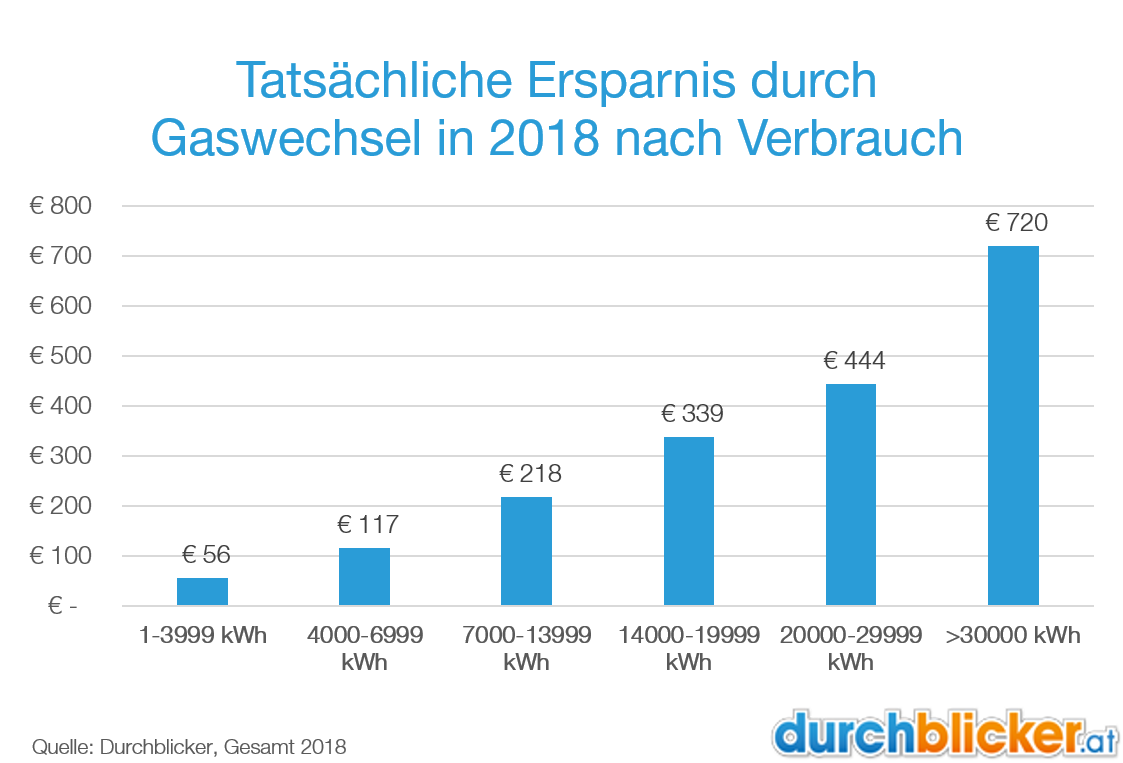

#GAS WECHSEL GENERATOR#
Industrial nitrogen generator units based on the PSA process can produce high-purity nitrogen gas (up to 99.9995%) from compressed air.They consist of a selective medium for the preferred adsorption of methane and ethane over hydrogen. On purpose propylene plants via propane dehydrogenation.Hypoxic air fire prevention systems to produce air with a low oxygen content.
#GAS WECHSEL UPGRADE#
This includes a process in landfill gas utilization to upgrade landfill gas to utility-grade high purity methane gas to be sold as natural gas. Through PSA the biogas can be upgraded to a quality similar to natural gas. Another application of PSA is the separation of carbon dioxide from biogas to increase the methane (CH 4) ratio. Refineries often use PSA technology in the removal of hydrogen sulfide (H 2S) from hydrogen feed and recycle streams of hydrotreating and hydrocracking units. One of the primary applications of PSA is in the removal of carbon dioxide (CO 2) as the final step in the large-scale commercial synthesis of hydrogen (H 2) for use in oil refineries and in the production of ammonia (NH 3). Gas separator membrane skid used in landfill gas utilization processĪside from its use to supply medical oxygen, or as a substitute for bulk cryogenic or compressed-cylinder storage, which is the primary oxygen source for any hospital, PSA has numerous other uses. In addition to their affinity for different gases, zeolites and some types of activated carbon may utilize their molecular sieve characteristics to exclude some gas molecules from their structure based on the size and shape of the molecules, thereby restricting the ability of the larger molecules to be adsorbed. Though the gas adsorbed on these surfaces may consist of a layer only one or at most a few molecules thickness, surface areas of several hundred square meters per gram enable the adsorption of a large portion of the adsorbent's weight in gas. Typical adsorbents are zeolite, activated carbon, silica gel, alumina, or synthetic resins. This results in significant energy savings, and is a common industrial practice.Īside from their ability to discriminate between different gases, adsorbents for PSA systems are usually very porous materials chosen because of their large specific surface areas. It also allows a pressure equalisation, where the gas leaving the vessel being depressurised is used to partially pressurise the second vessel. Using two adsorbent vessels allows near-continuous production of the target gas. It is then ready for another cycle of producing oxygen-enriched air. When the bed reaches the limit of its capacity to adsorb nitrogen, it can be regenerated by decreasing the pressure, thus releasing the adsorbed nitrogen. For example, if a gas mixture such as air is passed under pressure through a vessel containing an adsorbent bed of zeolite that attracts nitrogen more strongly than oxygen, a fraction of nitrogen will stay in the bed, and the gas exiting the vessel will be richer in oxygen than the mixture entering. PSA can be used to separate gases in a mixture because different gases are adsorbed onto a given solid surface more or less strongly.

When the pressure is dropped, the gas is released, or desorbed. The higher the pressure, the more gas is adsorbed. Pressure swing adsorption process (PSA) is based on the phenomenon that under high pressure, gases tend to be trapped onto solid surfaces, i.e., to be "adsorbed". Animation of pressure swing adsorption, (1) and (2) showing alternating adsorption and desorption.


 0 kommentar(er)
0 kommentar(er)
